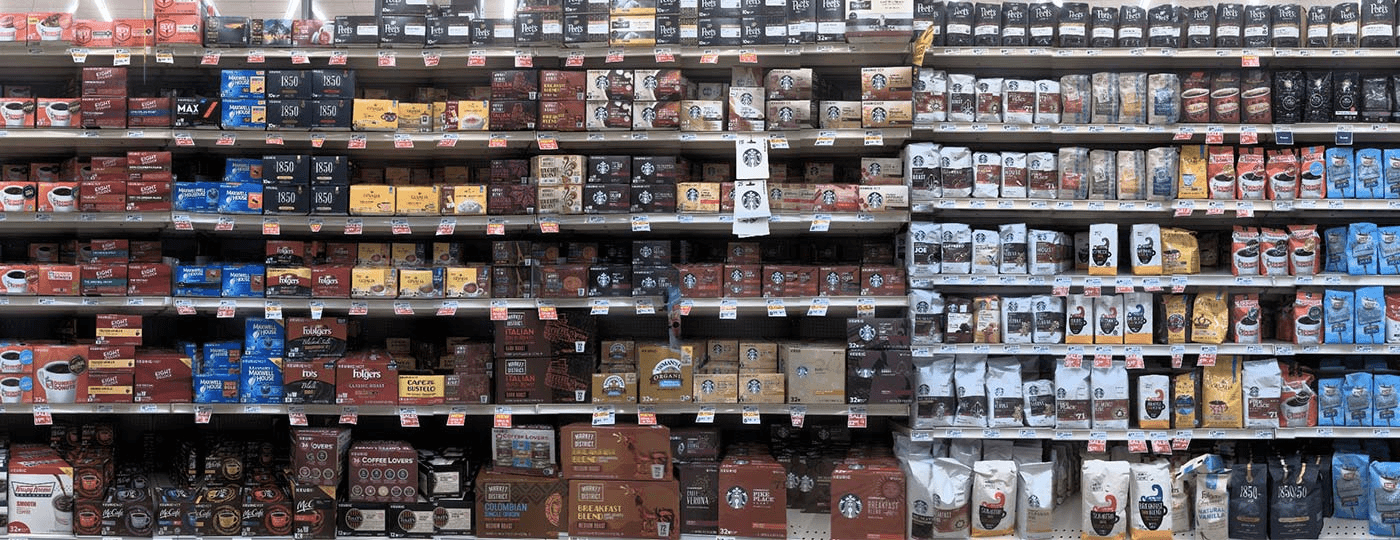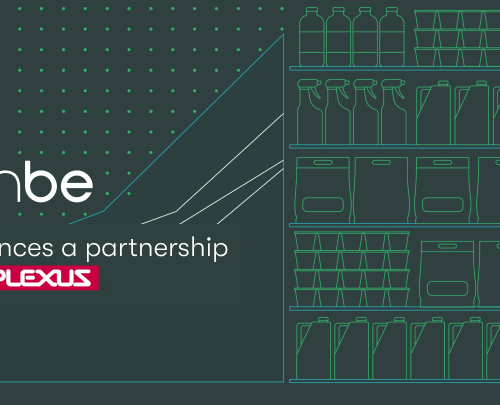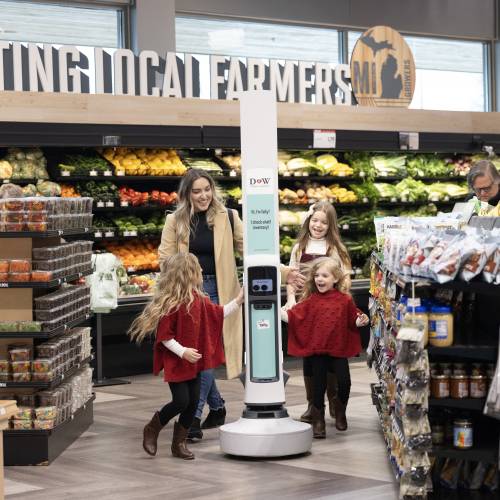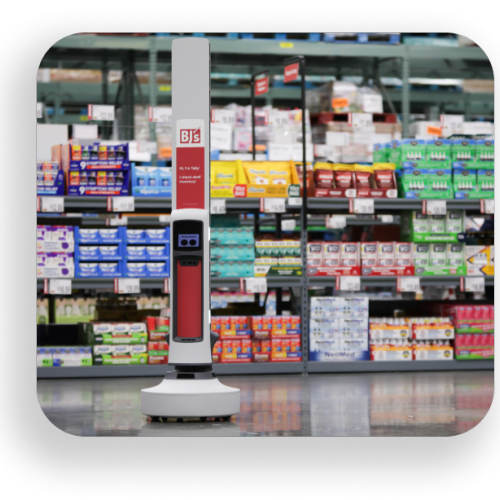We’ve all been there: grocery shopping, searching for the next item on our list, only to find that dark void on the shelf. Out-of-stocks have been a harsh reality for retailers, consumer packaged goods manufacturers and shoppers for decades. For the consumer, it immediately becomes a disappointing shopping experience. For CPG brands and retailers it’s lost revenue, and, if it happens frequently, a lost customer altogether. And the challenge of out-of-stocks is much worse than you think.
How bad is this problem? How many items are there actually missing from the shelves in your local grocery store? Honestly, no one knows and no one can tell you, because until now it wasn’t measurable.
The way out-of-stocks have been managed in stores has more or less been the same for the last 100 years. Store staff walk up and down the aisles looking for ‘holes’ on the shelf. Nowadays, store staff use handheld mobile devices, allowing them to scan the barcode on the price tag to see if there is product somewhere else in the store, either in the backroom or in a secondary location.
Ultimately, this is a band-aid solution, and the approach isn’t scalable. The ability to find all the out-of-stocks in a store requires the staff to both walk through the entire store and find all those holes. When stores range from 35,000 to, in some cases, over 150,000 square feet and contain upwards of 50,000 unique items, this becomes a challenge. There isn’t enough time in a day to do this task once, let alone track out-of-stocks continuously as products are purchased.
At Simbe, in our initial conversations with retail partners, we often start by asking them how many out-of-stocks they believe they have in their stores. The answer is typically the one piece of data they have, the number of out-of-stocks store staff find with the limited time they have to scan tags. As a result, we hear a range of answers – from 50 to 500 out-of-stocks a day found by the store team.
But this partial view is not the answer.
When we put our autonomous robot Tally in a store, we find between two and twenty-five times more out-of-stocks than manual store teams. Against algorithm-based solutions and predictive analytics we find six times more shelf outs. We gather these highly accurate and granular insights by leveraging computer vision and AI to capture the inventory status of tens of thousands of items in just a few hours. And we’re able to do it multiple times a day.

Tally traverses 2-3 times a day in-store to capture real-time shelf insights at a frequency, fidelity and accuracy than ever available before. (Source: Simbe Robotics)
Surprised? Don’t be. It's only because this is the first time in the history of the industry we’ve been able to measure this metric and know the size of the opportunity. The question is, what are you going to do about it?
Whether you’re a CPG manufacturer or a retailer, consider for a moment the opportunities these insights present for your supply chain, your shelf presence and most importantly your sales. If you’re curious whether you’re the exception or the norm with your store’s out-of-stocks, we’d be happy to tell you.
Are you a CPG brand interested in getting insights on your brand/product’s shelf conditions in a retail store? Let Tally take a sneak peek for you!




